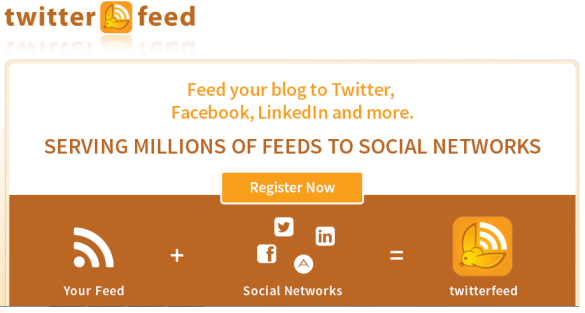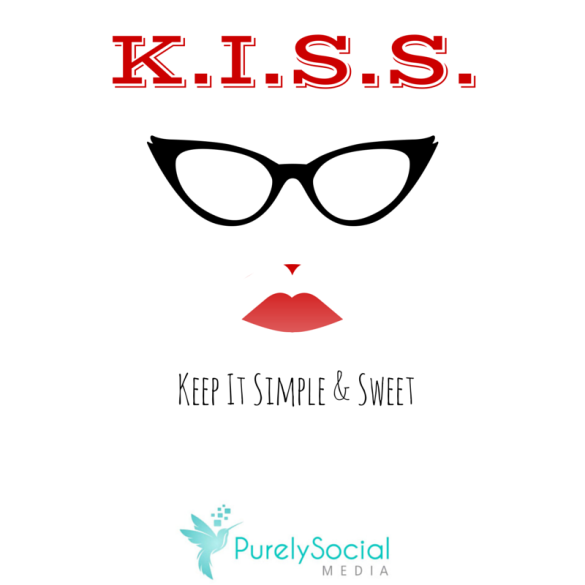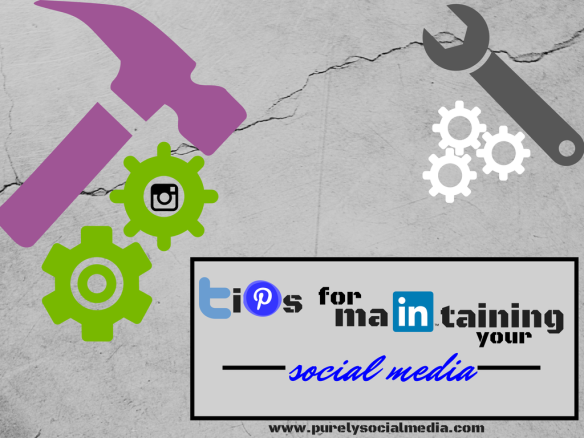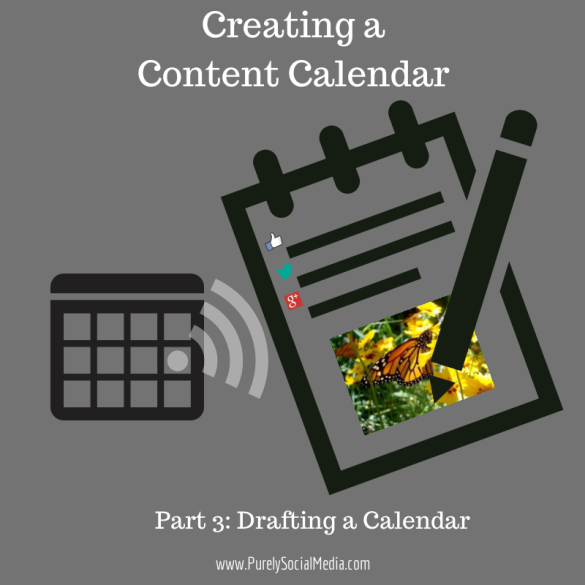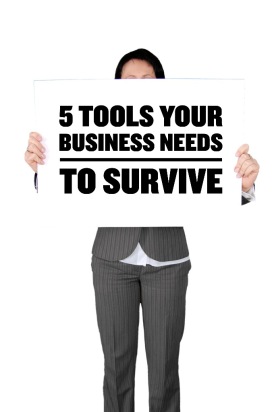
The title might be a tad dramatic, but in all seriousness, these tools are the base of everything I’ve been discussing with you over the past few months. One of the main things I’ve always said is that even if I was broke and only made $10 in a year on my business, I would still invest that $10 in PR. “PR” covers everything from advertising to marketing and quite frankly, not a single business in the world can survive without it.
As I’ve said many times in these articles (yes, I know it’s boring, but it’s really important and I’m going to keep repeating myself until I’m blue in the face or at least until my fingers are from all the typing and whatnot) that you needn’t spend a single dollar to promote your business. It’s about knowledge and knowing where to go. If you spend an hour or two every week researching new tools and features to help promote your business then you’d be surprised at the amount of ‘free’ coverage you can gain for your business.
Sometimes narrowing down the vital tools your business needs to survive can be hard considering there are literally thousands of tools available online at the touch of a button. Here, I’ve narrowed it down to five just for you the lovely readers of Purely Social Media! (You’re welcome). These are in no particular order as these are equally as important as each other.
1 – A Survey Tool
Here’s something I haven’t really gone into great depth about here on Purely Social Media. Surveys are annoying when they are a pop up or if you need to answer one to gain access to certain content. However, a strategically placed survey (right column of the homepage) actually encourages your visitors to interact by completing the survey which also gives you some insider knowledge about your visitor.
Here’s an example of three good survey questions:
1 – Which gender do you identify with?
2 – Which age group are you in? (select below)
3 – Do you have a (free) membership with us?
We all know how difficult it can be to get a good demographic about who is actually our audience. Asking your visitors their gender and age group will help you to narrow down who your visitors typically are and can help you to cater content to that demographic. For example, if your average visitor is a female aged between 35-41 years old then you could write more articles tailored towards parenting, buying a home or tips on de-stressing (we all know having children and moving home is enough to give even the calmest of people stress!).
The final question “Do you have a (free) membership with us?” was chosen because of two reasons – one reason is because you make it obvious that they are missing out on something if they are not yet a member. The “free” in the question encourages your visitors to register a membership with you because they have nothing to loose. The second reason the question is a good one to ask is because it also lets you see the ratio of how many visitors are returning visitors to your website in comparison to new visitors. Again this allows you to cater your content to the audience.
The survey tool I would recommend is definitely Google Forms. It’s free, it’s easy to use and gives you a tonne of customizable options. There are dozens of online tutorials on using it, however Google have made it pretty straightforward for any users. I would recommend letting a survey run for a week and then changing it up a little to let your visitors see you are adding new content regularly.

2 – Email Marketing (Newsletters)
Again, this is another one we haven’t really discussed at great length before. Newsletters can often be annoying and can back up in our email inboxes without ever being read. However, sometimes, if we are interested in the sender or the subject line, we will take the time to browse through those newsletter and on occasion will even find ourselves placing an order with the company.
Email Marketing (AKA sending a newsletter) is an advertising dream come true. Whilst I wouldn’t recommend flooding the newsletter with flashing banners, I definitely would recommend sending a weekly newsletter to your subscribers to let them know about any new offers, products or information you may have.
I would recommend using Mail Chimp for sending out your newsletters. Mail Chimp allows you to send 12,000 free emails per month to up to 2,000 subscribers for FREE. Of course, there are paid options available if you wish to send more than the free monthly allowance. The software is easy to use and can integrate with your mail software to manage your contacts. Again, there are dozens of ‘how-to’ guides online if you need them.
If I had to choose one “DO” for email marketing, it would be to always have a hook subject line. The sender and the subject line are the first things you see in an email and having a ‘hook’ can make the difference between generating a sale of hitting the recycle bin. Here’s an example of a good subject line:
“Limited Time Subscriber Only Discount!”
By saying it is a ‘limited time’ discount, you give a sense of urgency which makes your reader more likely to click the email which will of course contain the discount, but will also contain a few advertisements too. By mentioning the deal is for subscribers only, you make them feel a bit special and as if they’re getting something that not everyone else will receive. This is a sales strategy that has been used for a long time but it’s one that continues to work!
If I had to choose one “Don’t” it would be: do not send anymore than one email per week. If you bombard your readers, you’re more likely to find your newsletter in the trash can before it’s even been read. You’re also more likely to lose subscribers if you send too many newsletters out as they see it as a nuisance. I would recommend sending a newsletter out once per week at the same time each week. This will let the subscriber know when they can expect to hear from you and might even look forward to receiving it.
3 – Social Media Management
Twitter, Facebook, Pinterest and the dozens of other social media platforms are sometimes never ending. As I’ve said before on Purely Social Media, it’s important that you have a social media Management platform to help you with your social media accounts.
Buffer is a great app for social media management. Using the app is simple and straightforward. You simply type a status and an image (if you wish to choose one) and share it across whichever platforms you like at whichever time of the day you prefer. Scheduling is definitely a blogger’s best friend and will save your business a lot of time at the same time as promoting your content regularly. Buffer is free to use and can be downloaded on any smart device.
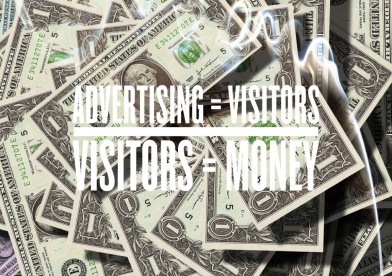
4 – Affiliate Marketing
The blogging industry is huge and speaks for itself. Thousands of brands send products and information to bloggers in the hope that they will feature those products or information on their blog which could potentially drive thousands of new visitors and customers to your business.
It’s tricky knowing where to send your products. However what I would recommend is searching for bloggers either for free on Google search (by narrowing down results based on location and demographic) or by using paid for tools such as Buzzsumo is recommended.
As I’ve said before, you can do this for free – I would recommend going onto Twitter and writing a status about your request for bloggers and use some clever hashtags to find them. Here’s an example of what I mean:
“#Bloggerswanted to try out & feature a new skincare product. DM us for details! #journorequest”
That way you know that you’re only going to hear from people who are genuinely interested and are likely to feature you. It also means you can have a look at their Twitter profile and blog prior to sending a product to them.
5 – Contributors
Last, but by no means least, for today is Contributors. As you know, I am a contributor here at Purely Social Media and am compensated for my time and information. However, with that being said, I am only one blogger of millions. A lot of Bloggers will contribute to your site if you offer them something in return (not always money!). If you offer them “A front page advertisement of your blog for one month” in exchange for a 500 word article which they then will promote on their social media, you might be surprised at how many bloggers would be open to this.
Aged bloggers are less likely to take you up on this offer as we often don’t require an advertisement at that moment in time. However smaller, new bloggers might be open to it.
I would recommend contacting some bloggers and asking politely, if they would be interested in this. Some might not even respond to you, however some might be happy to contribute which again gives you fresh content for your site and if they are happy to share it on their social media then you might attract a whole bunch of new visitors or customers.
To top it all off, the blogger community is a popular one. Your name might end up being mentioned in the industry which can help to open up new doors for your business.
You’re definitely not the only ones looking for free exposure – it can be mutually beneficial.
Well there you have it, my top five tools your business needs to survive. I know it’s been a long one today but I’m certain your business will benefit from implementing even just one of these steps.
Let us know your thoughts and any other suggestions in the comments below or feel free to tweet us @purelysocialtip
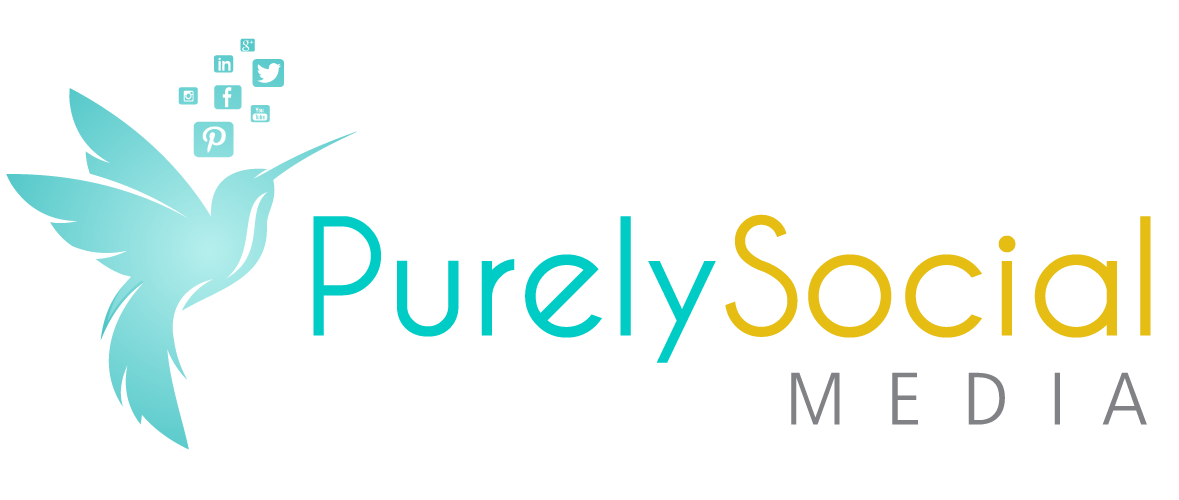
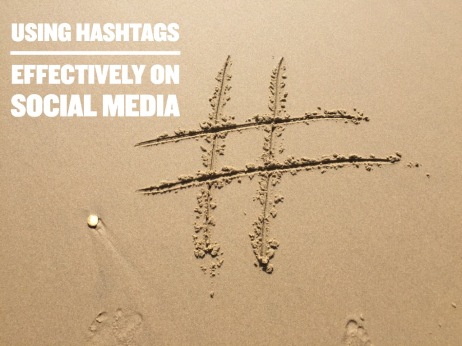 Everyone from Kimye to Politicians use hashtags on Twitter, Instagram and Facebook. Some people even use it in day to day conversations nowadays. #Guilty.
Everyone from Kimye to Politicians use hashtags on Twitter, Instagram and Facebook. Some people even use it in day to day conversations nowadays. #Guilty.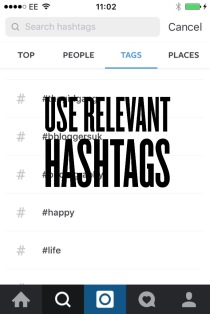 Research Your Hashtags
Research Your Hashtags

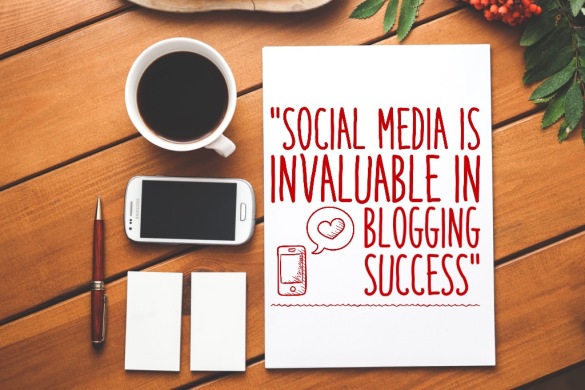
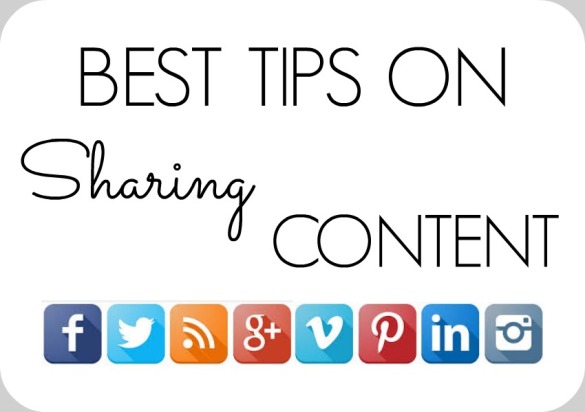 Hi everyone! It’s Holly here. I’m back once again to let you know a few tips I’ve picked up on sharing your blog content across the web so that even superstars like Johnny Depp can find it… A girl can only dream!
Hi everyone! It’s Holly here. I’m back once again to let you know a few tips I’ve picked up on sharing your blog content across the web so that even superstars like Johnny Depp can find it… A girl can only dream!